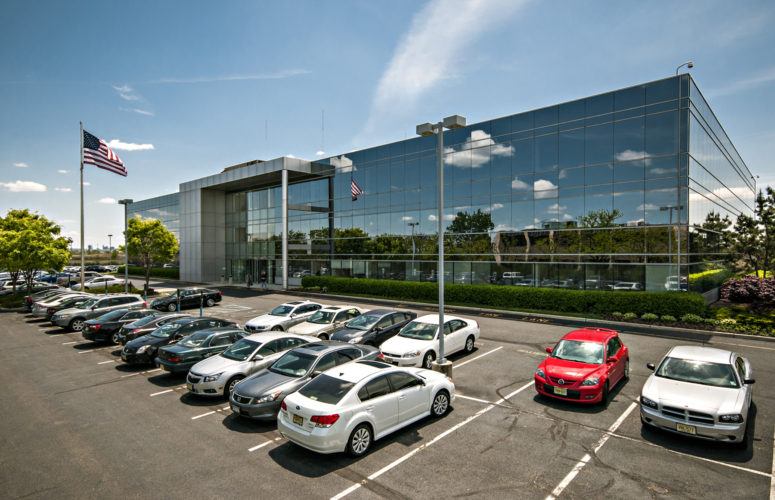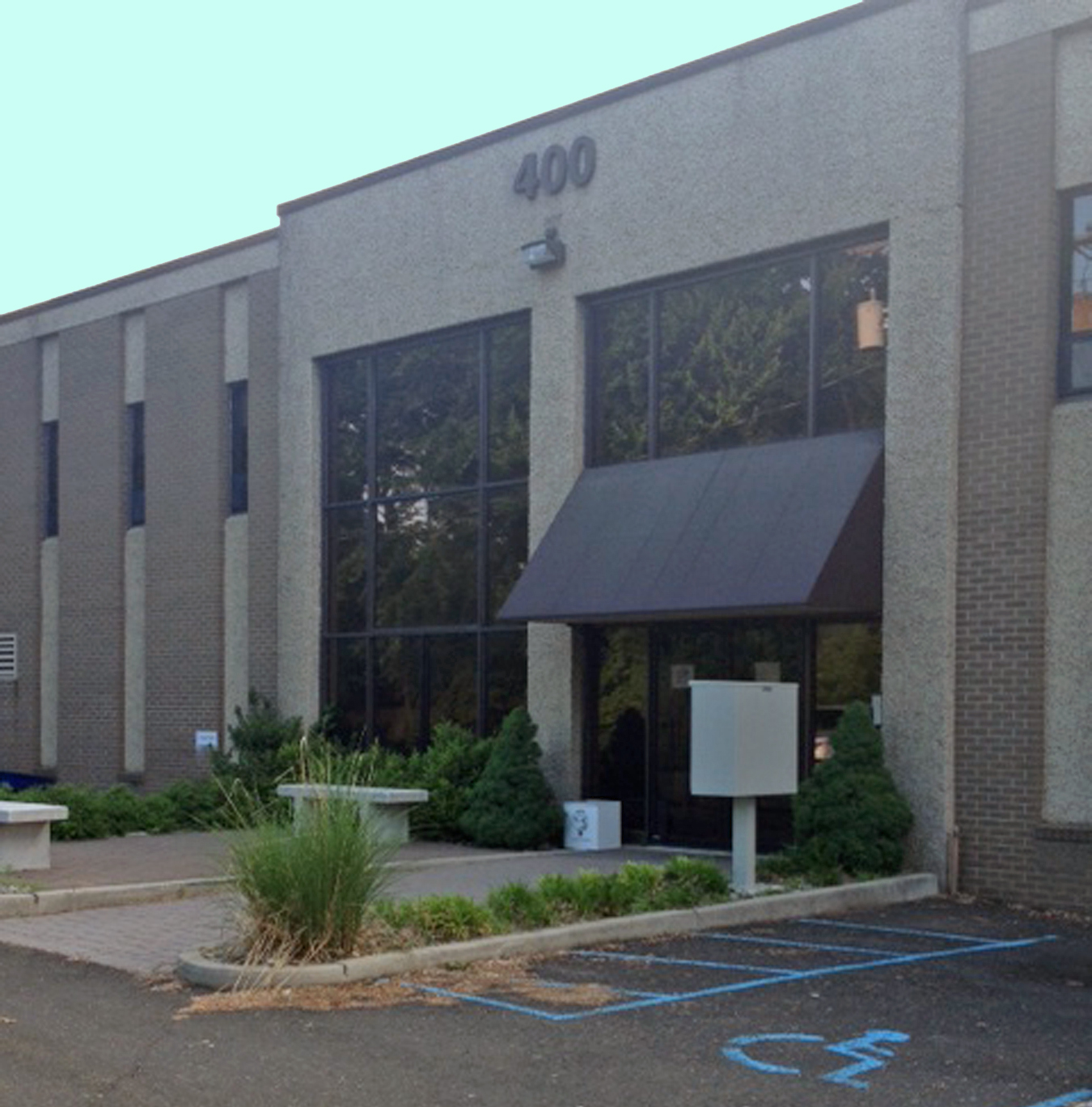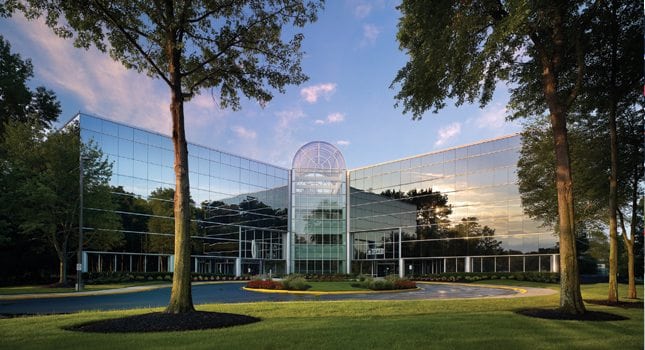
New Jersey Industrial Shines in 2017 as Office Market Drifts
On Jan 11, 2018The Northern and Central New Jersey industrial market again registered record or near-record levels of strength throughout 2017, while the region’s office market turned in a soft performance for the year, according to Cushman & Wakefield.
“New Jersey saw an industrial sector firing on all cylinders in 2017, approaching near highs in terms of leasing and absorption, and setting a record low in vacancies,” said Andrew Judd, Cushman & Wakefield’s New Jersey market leader. “The office market was not as successful. Vacancy remained stable, but there was a relative scarcity of large leases, coupled with negative absorption. Heading into 2018, we anticipate another year of robust industrial activity, with the office sector poised for a rebound.”
Fueled by high consumer confidence, a strong economy, and the rise of online sales, the New Jersey industrial marketplace counted 2017 as yet another stellar year as market fundamentals strengthened with each passing quarter. The sector recorded 13.5 million square feet (msf) of positive absorption, its second-best ever, while also marking a fourth consecutive year exceeding 10 msf of absorption.
And despite nearly 10 msf in new construction completions during the year — much of it pre-leased — industrial vacancy levels fell to a record low of 3.8 percent. Warehouse vacancy, the sector’s predominant driver, came in at 3.6 percent. On a similarly upbeat note, new industrial leasing last year scored its third-best annual total in recent history, with the closing of transactions totaling 25.6 msf. Moreover, asking rents trended higher and have now eclipsed $8.00 psf for the first time in recent history. At $8.15 psf, the average direct industrial rent has climbed 22.7 percent over the last two years.
Jason Price, New Jersey Research Director for Cushman & Wakefield, said that warehouse vacancy tightened considerably in submarkets such as Exit 7A (0.8 percent), Exit 8A (1.9 percent), and the Upper 287 Corridor (2.1 percent). Indeed, by year’s end, all major turnpike corridor submarkets boasted warehouse vacancy rates below 5.0 percent.
Quarterly leasing again exceeded 6.0 msf as seven transactions greater than 300,000 sf were completed in the fourth quarter of 2017, three within warehouses not yet built. Price noted that this marks the eleventh straight quarter in which new leasing totaled 6.0 msf. Attracted by the Garden State’s almost-irresistible geography, logistics companies, retailers, and e-commerce companies continued to account for the majority of space leased during this past quarter, specifically along the turnpike corridor.
In the office sector, a bland year ended with vacancy levels at 17.6 percent, virtually unchanged since year-end 2016, despite 2.4 msf in negative absorption. After back-to-back years of robust demand, a lack of leasing transactions exceeding 100,000 sf kept totals below recent historical averages. Year-to-date leasing volume was down 26.6 percent from 2016, with submarkets varying in performance.
The fourth quarter’s four largest leases were Movado’s 90,000-sf renewal at 650 From Road in Paramus, the Altice/Cablevision renewal of 64,125 sf at 30 Knightsbridge Road in Piscataway and 60,994 sf at 40 Potash Road in Oakland, and Kumon North America’s leasing of 60,975 sf at 55 Challenger Road in Ridgefield Park.
New Jersey as a whole recorded 6.9 msf in new office leasing in 2017, including 1.5 msf during the fourth quarter. Leasing in 2017 was spread almost evenly between Class A and B assets, with tenants smaller than 10,000 sf accounting for 34.2 percent of the total leased space. More than half of the sf leased by smaller tenants occurred within Class B office buildings.
The majority of occupancy losses in New Jersey office buildings occurred along the I-78 Corridor and the Hudson Waterfront due to large corporate space dispositions. The bulk of negative absorption recorded in 2017 took place within subleased space. As a result, direct vacancy edged lower by 40 basis points over the course of the year, while sublease vacancy steadily rose.
Asking rents for office space trended higher during the fourth quarter, up 1.7 percent since the previous quarter and 6.1 percent higher than a year prior. At $28.37 psf, average rents reached their highest point in the last eight years. The increase is attributed to two factors: the return of higher-priced, Class-A space to the marketplace, paired with rent hikes levied by some landlords to help keep pace with capital investments into their buildings in the form of renovations and new amenities. The market registered $32.76 psf in total average asking rents in Class A space at the end of 2017, representing a 6.6-percent increase over the previous year.
Outlook for 2018
“We anticipate the industrial market fundamentals to remain healthy and steady in 2018,” Price said. “While rents are not forecasted to rise as sharply as during the past few years, they should tick higher along the New Jersey Turnpike, particularly within warehouse space. Tight market conditions will persist, although vacancy could climb nominally as some larger, speculative projects deliver.”
However, with unemployment levels healthy and consumer confidence at or near all-time highs, demand for warehouse space should remain strong. High consumer demand for rapid fulfillment of online orders will keep fueling leasing for e-commerce and retail companies for last-mile delivery. Furthermore, absorption levels will remain strong, albeit not as robust as the previous two years as there is still some room for further strengthening during this current industrial expansion cycle.
On the office front, 2017 the market was impaired by an abundance of large space dispositions in many key market segments in New Jersey combined with a lack of large deal volume. A handful of large lease transactions expected to close in the first quarter of 2018 will bode well for the office market. Judd noted that the office sector seems likely to regain momentum should the economy remain on its current moderate upward trend. Landlords with amenity-rich or upgraded assets, who have historically outperformed the remainder of the suburban office market in New Jersey, should continue to do so.
Related Articles:





